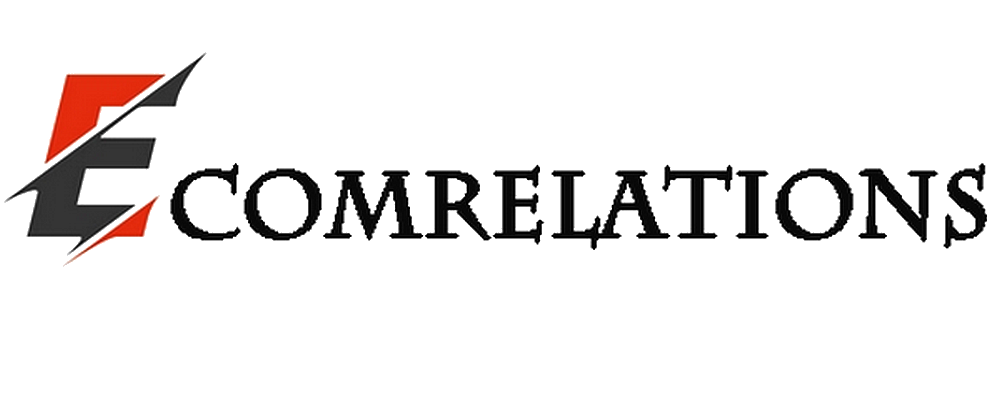Trends change at a faster pace than you can imagine, and wearable electronics fashion seems to have taken over the world as we enter 2022. So, what do you mean by "wearable tech fashion"? Is what you wear technologically advanced?
Are you dressed in a technologically advanced way?
Simply put, it's all about wearable tech gadgets - the only difference being that they're ultra-stylish - and sometimes major fashion houses collaborate with tech giants to create something that's both technologically advanced and incredibly fashionable, and cutting edge!
In this article, we're going to go over the top ten wearable electronics trends that will be huge in 2022. So let's get this party started!
Rechargeable Clothing
What if your clothes could charge your phone the same way your phone does? Wearable Solar, a startup, has developed clothing and accessories that can power devices! These clothes, made of a lightweight material, can help the wearer charge their phone to at least 50% if they spend at least an hour in the sun! Another start-up has created a bag that does the same thing!
A breath of fresh air
What if you had your own personal air filter that looked like a trinket you could carry in your hand? Hand Tree, on the other hand, has developed an air purifier that can filter the air around you and recycle it back into the atmosphere. The purifier includes a rechargeable charcoal filter, a rechargeable battery and an organic light-emitting diode display.
Stimulated by your environment
What if your clothes, too, adapted to their environment? Rainbow Winters has created clothing that can react to its environment and change shape. For example, there is a type of holographic textile that can change shape and glow when the sound level increases or decreases.
Follow your clothes
Never lose another piece of clothing in your closet, especially if you have a large one. Designer Asher Levine inserted a tracking chip into his clothes for one of the most recent fashion shows, and users could track them using the TrackR app.
Safety first
This helmet will actually help cyclists who have had a lot of bad experiences with vehicles on the road. Adafruit created a helmet with a built-in navigation system that uses lights that flash left or right to indicate where the cyclist should turn.
Dresses that glow when you look at them!
That's what I mean when it comes to fashion! Ying Gao, a fashion designer, has created clothes that glow when you look at them for a long time. The dresses also glow because the base fabric layer is made of glow-in-the-dark yarns or is covered with a photo-luminescent yarn.
Wear your sound
Rebecca Minkoff, a fashion designer, has created handbags that can be used to save your sound! Stella speakers can easily fit into these high-end handbags!
A smart sock!
Sensoria by Heapsylon is a smart sock that works similarly to fitness bands but is much more comfortable to wear. Based on pressure signals from the wearer's foot, the fitness sock, or smart sock as its creators call it, automatically recognizes the type and amount of activity.
Tracking Sports Bra
The Sports Bra contains a built-in tracker that quickly tracks your heart rate. The Numetrix Sports Bra includes a small transmitter that attaches to the garment and monitors the user's heart rate.
Turn it on
The high-end fashion industry is abuzz with lighted or light-enhanced products. Moon Berlin, a Berlin-based clothing company, uses LED lights to enhance the aesthetics of its products with them.
And there you have it! A list of amazing wearable tech trends!
Feeling comfortable
Here's a strange question for you: how smart are your underwear? If you're like me, the idea of wearing technology near your private parts makes you uncomfortable, but that's exactly what one Canadian company wants us to do.
Wearables maker Myant introduced Skiin, a connected wearables platform, at an invitational launch last week at Toronto's MaRS Discovery District. What was their very first consumer product? The best underwear for men.
Until now, one of the biggest barriers to adoption of wearable technology has been inconsistency of use (it's hard to get biometric and wellness information when you stop using your wristband after 10 days). As a result, producers have turned to textiles as a viable alternative. While linked wearables may seem like a simple alternative to bulky accessories, there are other issues such as washability and battery life.


